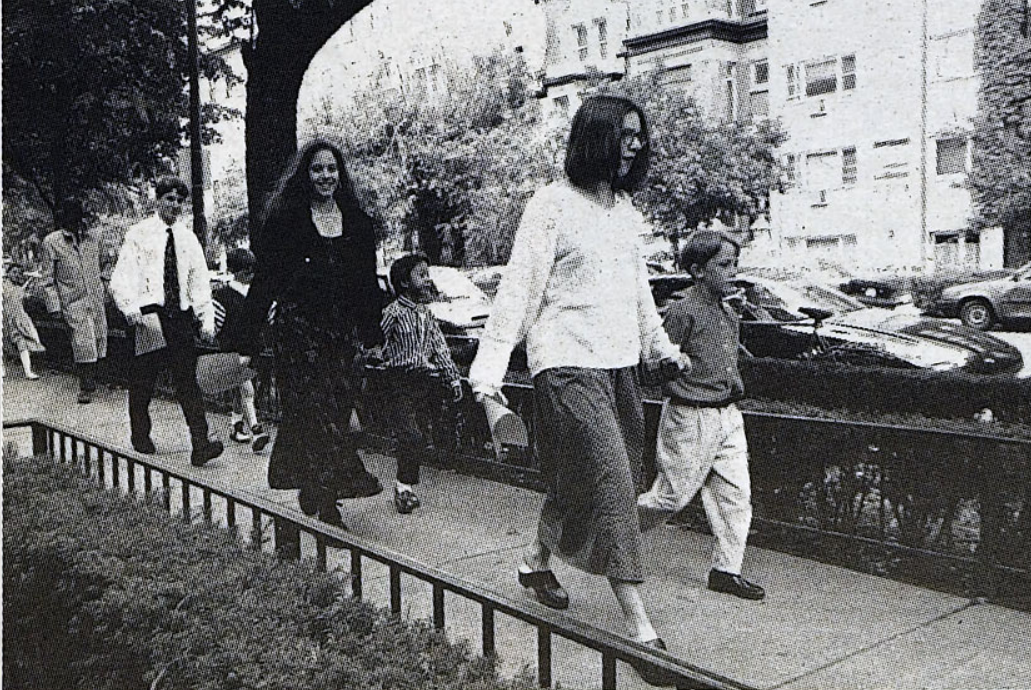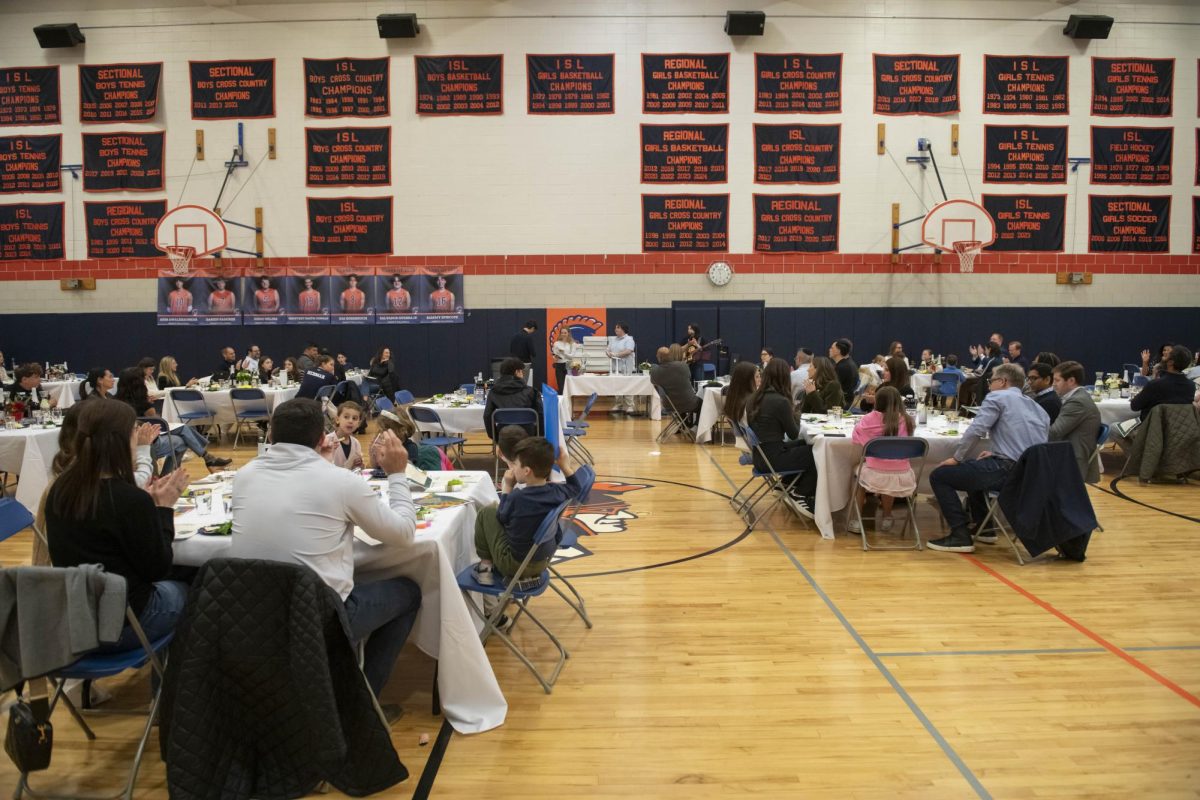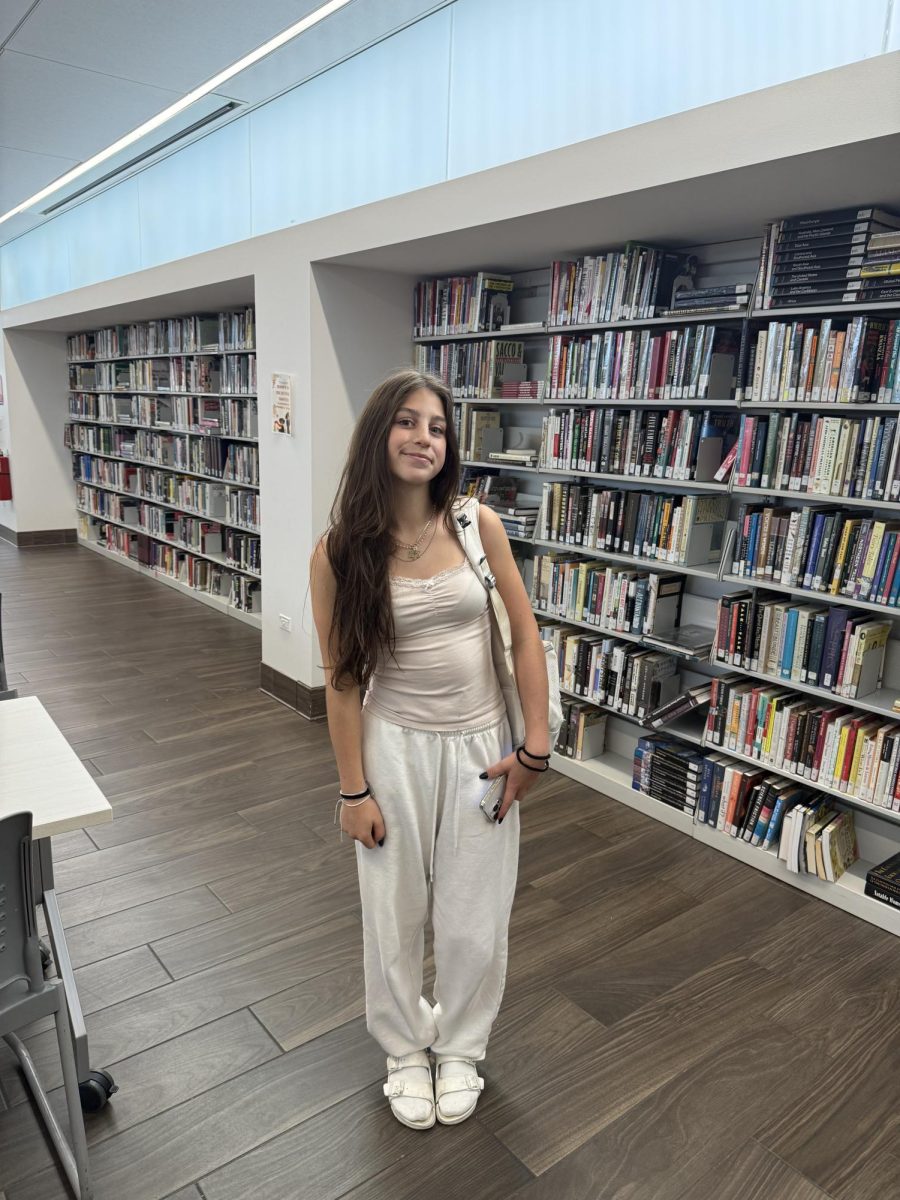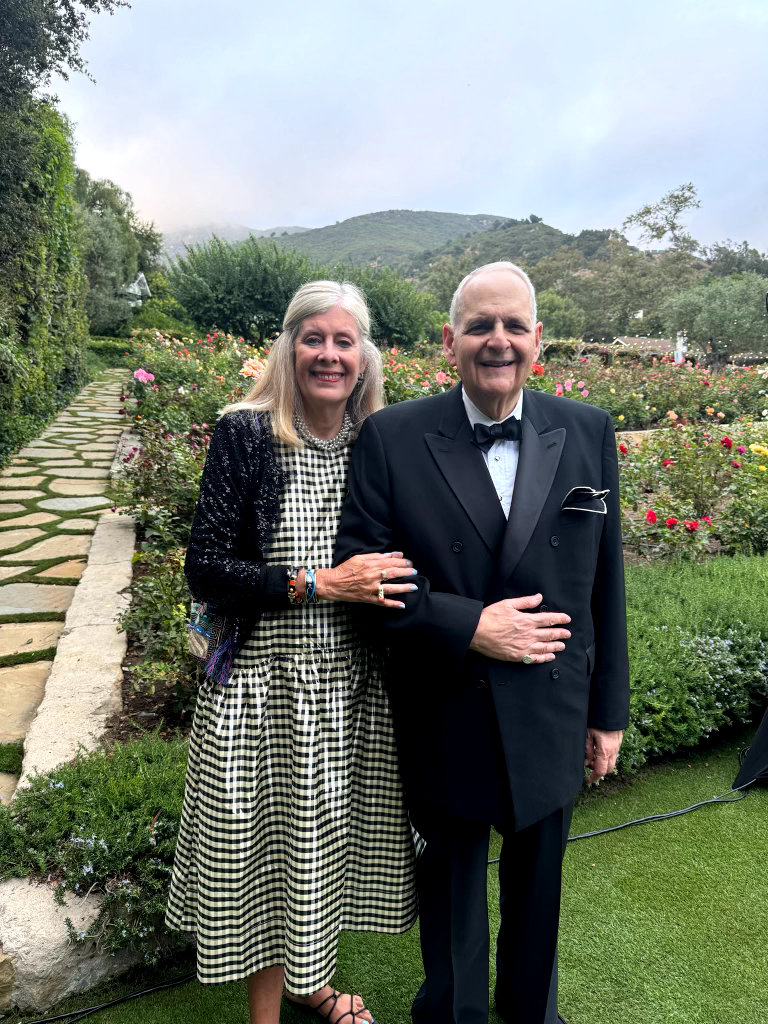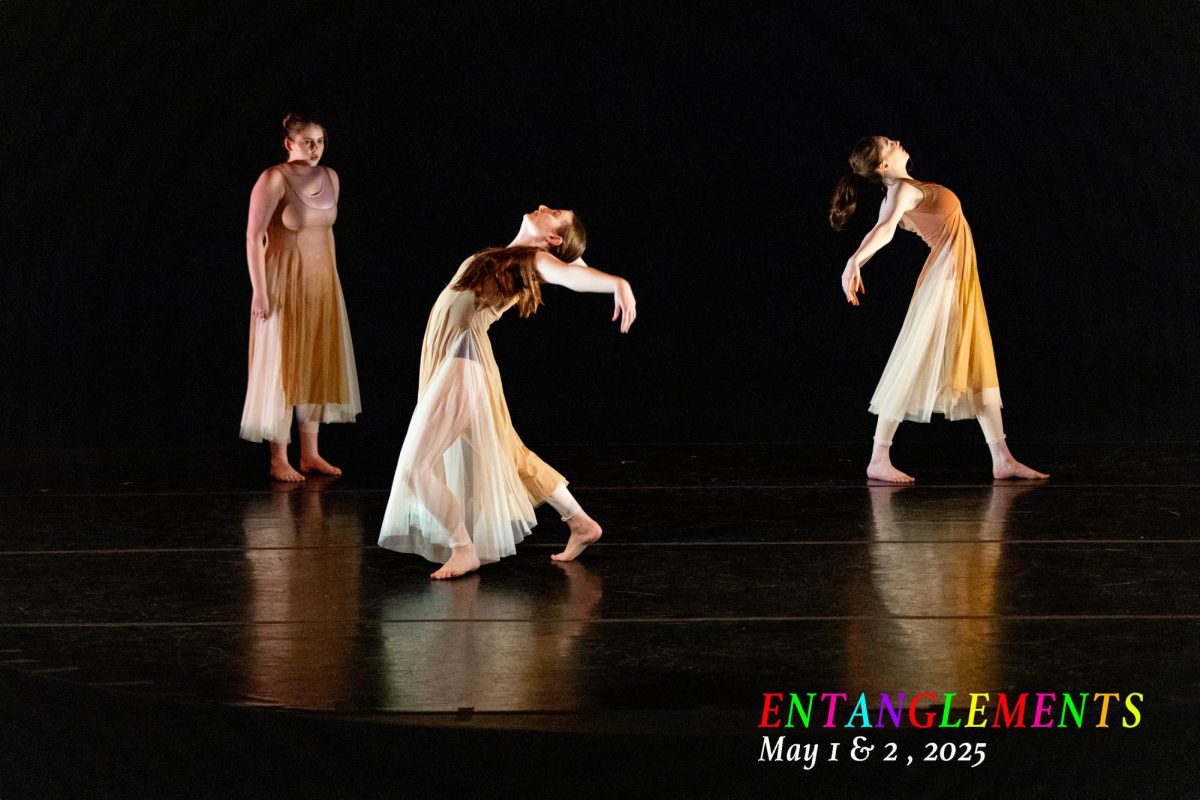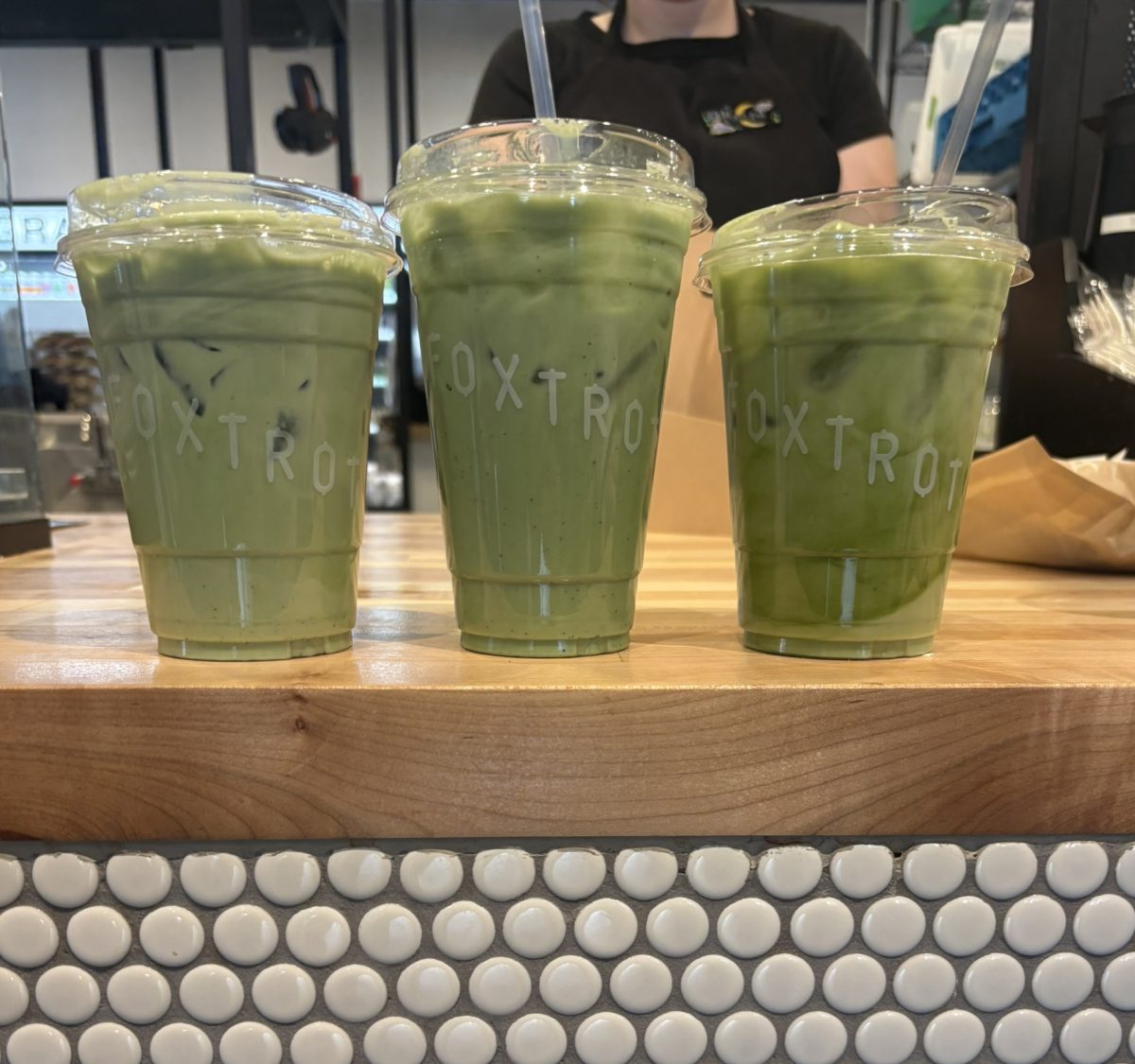Matcha, the vibrant, creamy, and earthy traditional Japanese tea, has transcended social media and entered the mouths and hearts of people worldwide. The recent matcha surge has turned the beverage into a global phenomenon, especially among Latin students (like us), who cannot resist its addictive and unique taste.
Alexa Nasatir (AN)
Myles Antelis (MA)
As a newer lover of matcha, the moment when my love for the drink instantly grew was this past summer. My friends constantly pestered me about the underrated taste of matcha. I continued to dismiss the suggestions until I decided to see whether the drink truly lived up to the hype.
As soon as I took my first sip of the Starbucks Iced Matcha Latte, I felt the earthy taste swirl around my mouth and bring me instant gratification. I continued to drink it, savoring its distinct and refined taste. The drink soon became a daily essential that I craved and that left a sizable gap in my monthly allowance.
In search of the perfect matcha, I began to venture into cafes like La Colombe and Foxtrot, experimenting with different recipes until I started to craft my version at home. Ultimately, my matcha journey evolved from a casual treat to a beloved essential, shaping both my daily routine and my appreciation for the drink in ways I had never anticipated.
While Myles was not always a matcha enthusiast, I developed my unconditional love for matcha before it became a sensation. Although my enthusiasm for the drink never faltered, friends of mine often questioned why I reached for matcha instead of coffee. However, it wasn’t until last year that I noticed matcha gaining popularity among my peers.
The most significant shift came after Starbucks launched its new matcha formula with the option to omit added sugar. Although I am not the biggest fan of Starbucks' matcha, the new formula skyrocketed matcha's popularity to the next level, giving it global recognition. After this change, matcha began to make even bigger waves in social media algorithms. To my satisfaction, matcha became a buzzword on TikTok, with reviews getting millions of views, and my friends finally yearning to participate in the trend.
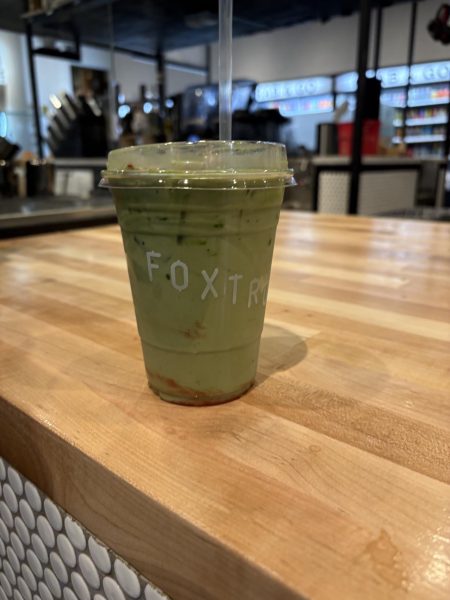
While watching matcha’s popularity skyrocket, many stores jumped into the trend by adding matcha to their menus and experimenting with different flavor combinations to accompany the bitter tea. Strawberry matcha, which has skyrocketed to fame, has been added to the Foxtrot near Latin, winning over the hearts of many students.
Junior Riley Jacobson shared her love for Foxtrot’s different flavors. “My favorite matcha is the strawberry or the fruit loop flavor from Foxtrot because it is super yummy,” she said.
Riley’s favorite adds a childlike flair to a sophisticated drink. Inspired by the cereal classic, matcha paired with lavender and vanilla mimics the sweet, fruity taste of Fruit Loops and has become one of the best accompaniments to take the classic beverage to another level of indulgence. The drink’s customizability has captured the attention of many, often causing people to explore local coffee shops in search of the best take on the original matcha.
Sophomore Makayla Gonsky loves finding hidden matcha gems when she travels. While on Spring Break, she discovered her favorite matcha to date.
“I have always loved matcha,” Makayla said. “The best matcha I have had, though, was at Big Face in Miami because it was naturally sweetened, so it tasted less artificial and more authentic. I really hope they open a store in Chicago so everyone can try it.”
Even though matcha has won over many hearts, others find the drink repulsive because of its distinct earthy flavor but still try to drink it due to the multitude of health benefits.
Junior Julia Steffen said, “I wish I liked matcha because of the health benefits, but I think it tastes like grass.”
In addition to desiring the taste of the tea, sophomore Caroline Gaines was also initially attracted to matcha due to the additional health factors that drinking matcha can promote.
“I have learned through research that matcha has antioxidants and can even be beneficial to your health, which is why I think it’s a better drink than coffee. I also think the taste is impeccable, refreshing, and does not taste like grass.”
Despite the controversial taste of matcha, one thing is certain: the green powder provides many health benefits, containing antioxidants that can lower one's risk for several chronic diseases and boost brain function. Matcha also contains the amino acid L-theanine, which causes the tea to release its caffeine slowly, avoiding the typical crash that other caffeine sources tend to cause.
Freshman Ryan Murray said, “I like how the drink has less caffeine, so it is a good alternative for coffee.”
Matcha, with its delicious taste and added health perks, proves to be the perfect pick-me-up for Latin students. Acquiring an aesthetically pleasing beverage often requires students to venture to Starbucks, Foxtrot, or other cafes in the neighborhood. Usually accompanied by friends, a simple matcha run can create a perfect break in the busy school day to socialize with peers and relish in the joy of a fun drink. The tea leaves Latin students, including us, energized and with just the right amount of caffeine and sugar to keep a student motivated throughout a rigorous school day.

















